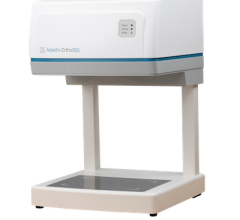
October 3, 2012 — According to an article in the October issue of the Journal of the American College of Radiology, radiologists at Emory University Hospital, in Atlanta, and Georgia Health Sciences University, in Augusta, Ga., have developed evidence-based guidelines to assist physicians with the process of managing patients with acute low back pain. Low back pain is one of the most common reasons for visits to physicians in the outpatient setting.
“The approach to the workup and management of low back pain by physicians and other practitioners is inconstant. In fact, there is significant variability in the diagnostic workup of back pain among physicians within and between specialties,” said Scott E. Forseen, M.D., co-author of the article.
The following process was developed to assist practitioners with the management of patients with low back pain:
At the initial visit, patients are categorized into one of three groups after a thorough history and physical examination: non-specific low back pain, low back pain potentially associated with radiculopathy or spinal stenosis, or low back pain potentially associated with a specific cause. Evidence-based order sets, that are intended to guide practitioners through the process of evaluation, management and follow-up of patients, are provided for each category.
Order set templates for use at the initial follow-up visit (four weeks) provide evidence-based recommendations for appropriate imaging, laboratory workup, referral for invasive procedures or surgical consultation.
“We have presented a logical method of choosing, developing and implementing clinical decision support interventions that is based on the best available evidence. These templates may be reasonably expected to improve patient care, decrease inappropriate imaging utilization, reduce the inappropriate use of steroids and narcotics and potentially decrease the number of inappropriate invasive procedures,” said Forseen.
For additional information: www.acr.org


 December 10, 2025
December 10, 2025 









